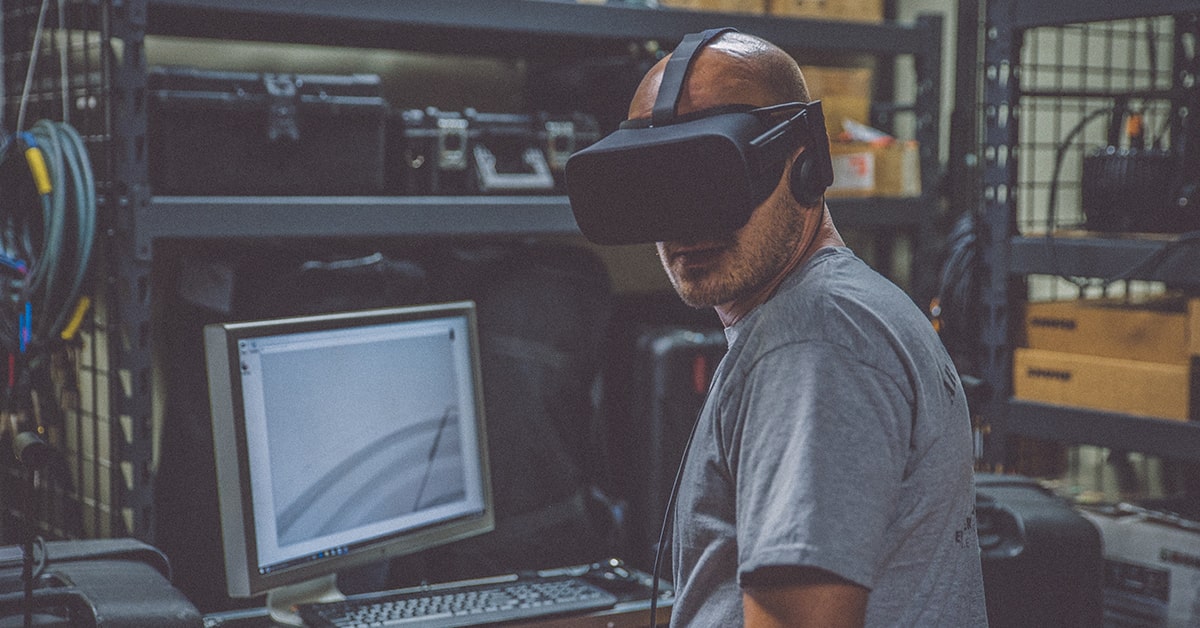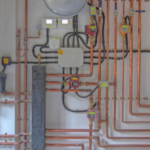The short answer…depends on how you look at it.
What we do know is that industries lose a lot of money due to downtime and unproductivity, and one solution to this is the use of Artifical Intelligence. Many companies are beginning to use a more proactive approach to their maintenance strategies; rather than waiting around for a breakdown to occur, repair to take place or parts to replace, they are using intelligent devices and systems to predict and resolve problems before they even occur, similar to predictive maintenance but supported by AI.
For example, high tech X-ray-like AR sensors (similar to the virtual reality ones you may have heard about) have the capability of providing new levels of asset monitoring of equipment and environments, especially for assets that are difficult to access, such as pipes buried deep within walls or underground tunnels that may be dangerous to walk through. The technology allows you to track the efficiency and operating of these assets without you having to pull down a wall or put someone in a potentially dangerous situation, primarily saving a lot of money.
The advantages of using smart buildings are only increasing, leading them to become productive assets in their own right. They are able to leverage technology to generate savings through reductions in energy bills and maintenance costs, but arguably the most radical benefits are in the user experience. If we take the example of Netflix, the organisation focuses on the user’s habits and adapts the service to provide them with a more personal experience. This is no different to what smart buildings are aiming to achieve for the occupant user today and in the future. Research has shown that people believe they are more comfortable if they have the opportunity to change their environment, a building more in touch with these desires will create a more tailored workplace, increasing both employee wellbeing, happiness and ultimately productivity.
The limits to artificial intelligence and smart buildings do not, however, go unrecognised. 75% of people believe technology can never be a substitute for a human workforce, arguing the effectiveness of the technology is unreliable. As a result, despite claims that jobs are likely to be automated by 2030, there will always be a demand for a human workforce to monitor and manage automated systems, make key decisions and implement strategies. Reviewing data from smart buildings and improving employee experiences will always need to be handled ‘human-to-human’ to find processes that are truly beneficial to businesses and their buildings.
In the future, Artificial Intelligence will be used more and more in maintenance, regardless of the industry. The development of this technology is already aimed at greater automation and the transfer of decision-making to machines rather than humans.
The decision-making process of machines, especially robots, will continue to progress with several benefits, such as performing work in hazardous environments, using autonomous vehicles for better supply chain management, and surveillance of people.
Nobody knows exactly what it’s going to look like, but it’s clear that artificial intelligence-driven maintenance will be better, more efficient and more cost-effective than ever.
Guest Blogger – Lily Ironmonger







